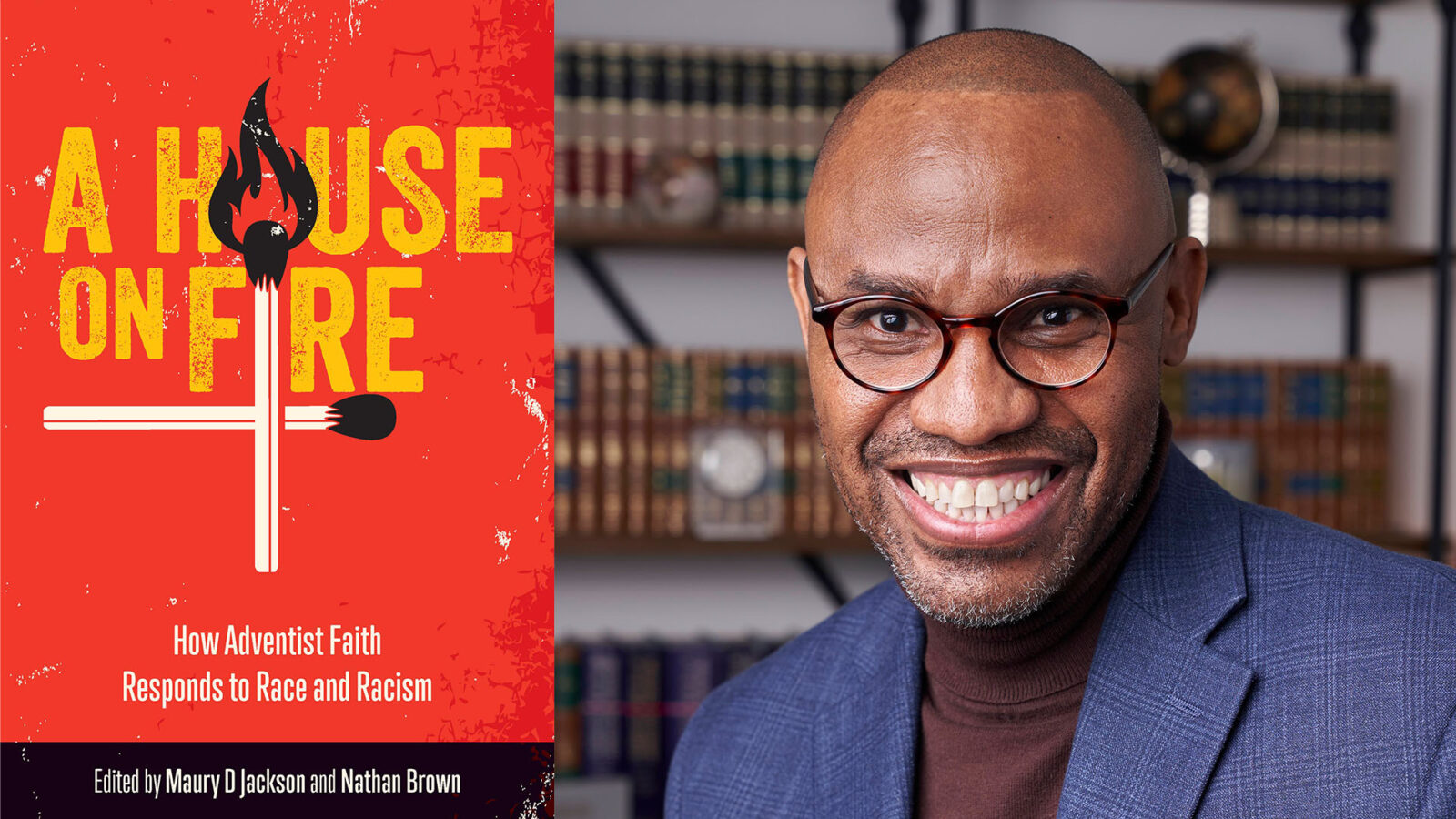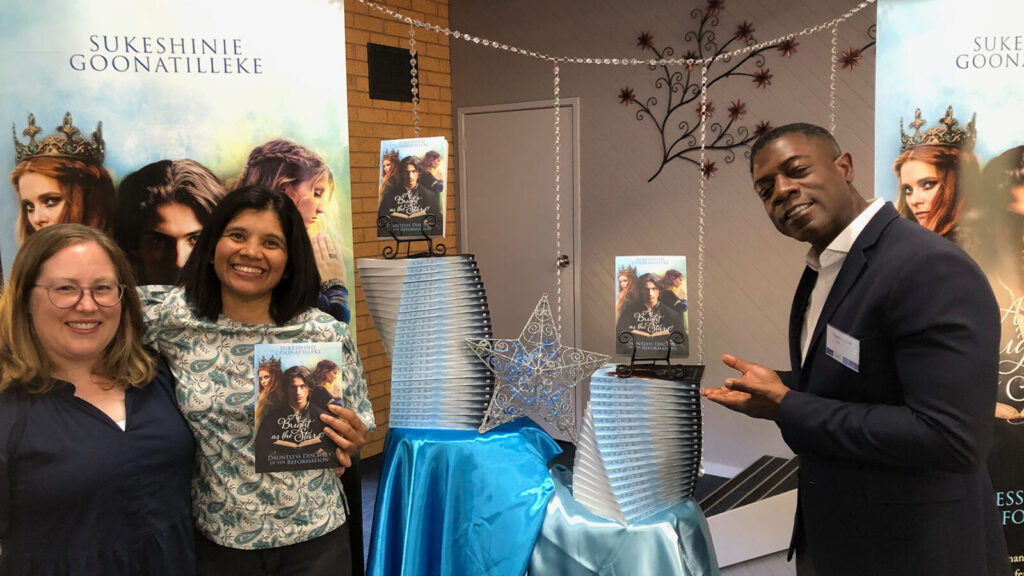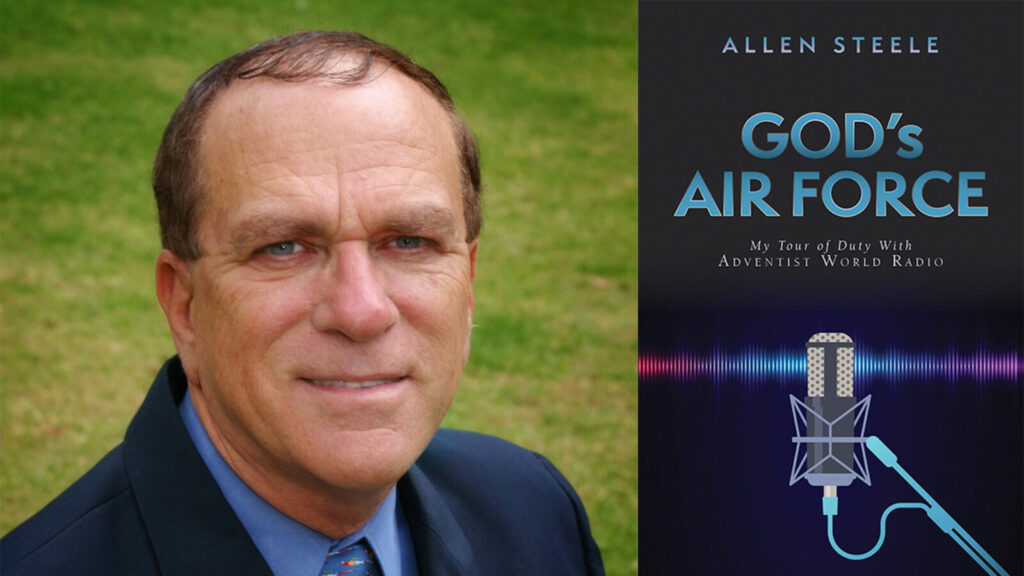Dr Maury Jackson is a pastor and academic, who currently serves as associate professor of practical theology at La Sierra University in Riverside, California, USA. He talked about his recent project with Signs Publishing and the response he has been receiving to it.
What sparked your passion for the project that became A House on Fire?
The twin events that served as flint-stones that sparked my passion for the project that became A House on Fire were: the murder of Mr George Floyd at the hands of law-enforcement agents; and the invitation of a brave editor, Nathan Brown, to join him in a collaborative effort to bring together Adventist voices, from around the world, to begin a sacred conversation on race and racism as a first act of antiracism.
Why do you think this book matters?
This book’s importance is first its resounding affirmation of the dignity of all human beings. In addition, we believe it is the first book written by Adventist scholars and practitioners that models how to shepherd a sensitive moral and political discourse from a faith community for the world. It is easy to offer platitudinous phrases that avoid hard-hitting analysis and risk-taking judgments in one’s pastoral care. This book models courage in Adventist Christian care and concern for an important issue in the world around us.
Why can’t we ignore the issues of race and racism as people of faith?
Adventist Christians embrace the call of John the Baptist to prepare the way of the Lord, make His path straight. As Dr Gardner Taylor notes, while we cannot bring to pass the purposes of God, we can build a highway in the desert, lower our mountains of meanness, make the crooked places straight and rough places plane. Adventist Christianity as a worldwide movement is in the best position to model for the world the possibility of true human community on this earth, in light of the gospel of Christ.
What was your thinking in inviting contributors to this project?
As we considered the contributors for this project, we had in mind a balance of men and women as chapter authors. We were also committed to not having only an American-styled Black/White framing of the race problem. So we invited writers from Asian and Asian descent, Africa and African descent, Europe and European descent, South American and South American descent, Australia, North America and the islands of the seas. In this way we wanted to hear how folk experience and reflect on the problem of racism from contexts that are not usually given voice.
What surprised you as you read the chapters by other contributors?
The biggest surprise for me, in reading the contributors’ chapters, was how well they understood the topic and the conversation partners they drew from in their endnotes to their chapters. The Adventist religious thinkers in this volume go beyond “group think” and show that they are conversant with the mainstream thinkers on the subject. I was also surprised by the deep levels of compassion for the oppressed that come through the writings.
What responses have you received to A House on Fire so far?
The tone of the responses to the book’s publication have been overwhelmingly positive so far. Church administrators have moved from silent support to outright purchases for the clergy under their oversight. Church members have expressed a sense of “it’s about time” and “finally the topic treated in a balanced and fair way.” Former Adventist and non-Adventist Christians have expressed appreciation for how thoroughly the topic is dealt with in the book. From podcasts and Zoom Sabbath School classes to journal reviews and required reading for college and seminary classes, the response is leading me to believe that the shelf-life of this book may prove longer than I would ever have imagined.
A House on Fire is available from Adventist bookshops in Australia and New Zealand, or online.






